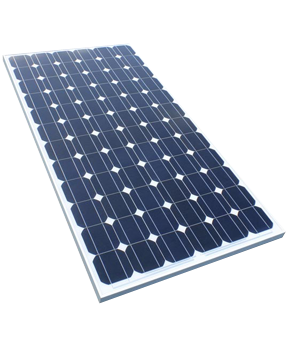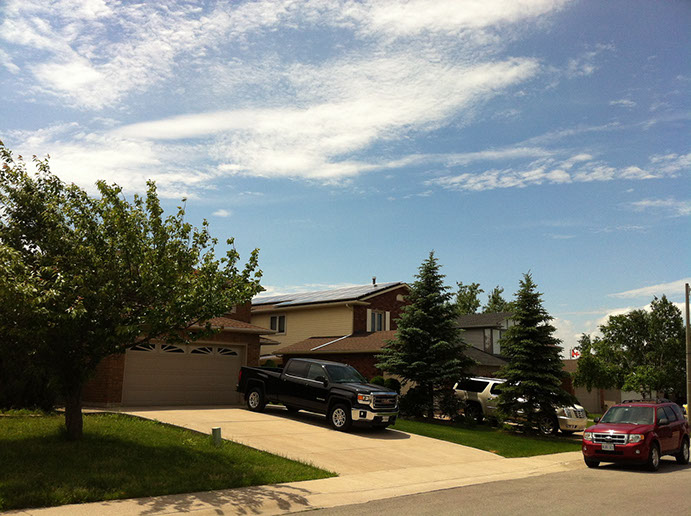How does solar work?
Solar panel refers to a panel designed to absorb the sun's rays as a source of energy for generating electricity or heating.
A photovoltaic (PV) module is a packaged, connect assembly of typically 6×10 solar cells. Solar Photovoltaic panels constitute the solar array of a photovoltaic system that generates and supplies solar electricity in commercial and residential applications. Each module is rated by its DC output power under standard test conditions, and typically ranges from 100 to 365 watts. The efficiency of a module determines the area of a module given the same rated output – an 8% efficient 230 watt module will have twice the area of a 16% efficient 230 watt module. There are a few commercially available solar panels available that exceed 22% efficiency[1] and reportedly also exceeding 24%. A single solar module can produce only a limited amount of power; most installations contain multiple modules. A photovoltaic system typically includes a panel or an array of solar modules, a solar inverter, and sometimes a battery and/or solar tracker and interconnection wiring.
The price of solar power has continued to fall so that in many countries
it is cheaper than ordinary fossil fuel electricity from the grid
From Wikipedia, the free encyclopedia

Why solar?
Everyone has personal reasons for wanting solar but its usually related to the following reasons...
• Want to eliminate my hydro bill
• Want to generate an income
• Want to have electrical power without ties to the utility


2018 Lantmark Solar Inc. Haldimand Ontario Canada.


